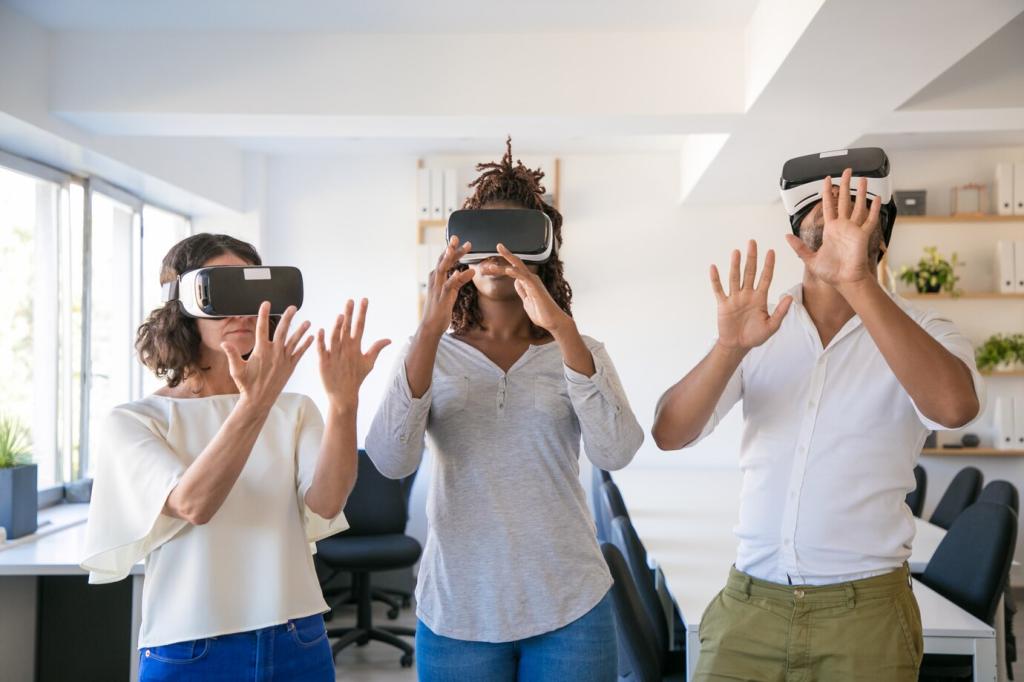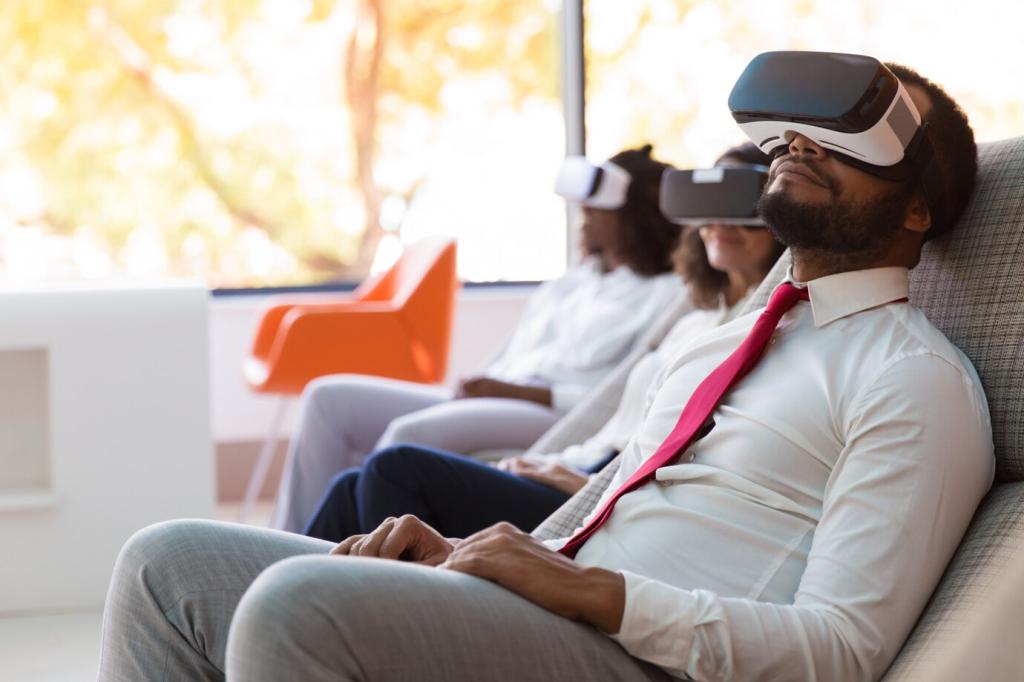
Virtual Reality Tools Shaping Interior Design
Virtual reality (VR) is redefining how interior designers envision, present, and execute their ideas. By creating immersive digital environments, VR tools empower both professionals and clients to experience spaces before they exist, resulting in more informed decisions and innovative designs. In this exploration, we examine the pivotal ways VR technology is shaping the future of interior design, from conceptualization to collaboration.
Designing Spaces with Precision
Using VR tools, designers are able to craft detailed digital models of interior spaces. Unlike static images or scaled models, these simulations are navigable and interactable, allowing users to experience every aspect of a design at true-to-life scale. This precision lets designers foresee aesthetic and functional challenges, refining layouts and features with greater accuracy before resources are committed.
Early Problem Detection
Virtual walkthroughs in VR enable both professionals and clients to spot and address potential issues early in the design process. Awkward layouts, undesirable sightlines, or impractical lighting can be identified and amended instantly. By catching these problems at the conceptual stage, VR helps prevent costly revisions, ensuring a smoother overall workflow and enhanced client satisfaction.
Enhancing Client Engagement
VR technology makes it easier for clients to not just see, but feel their future interiors. Instead of interpreting abstract drawings or flat renderings, clients can virtually step into their new environment, gaining an emotional connection to the space. This immersive engagement leads to more productive feedback, informed choices, and ultimately a design that better reflects the client's desires and lifestyle.
Previous slide
Next slide

Streamlining Collaboration and Communication
Unifying Teams Remotely
Through VR platforms, design teams can convene virtually, regardless of physical location. Interior architects, clients, and contractors can simultaneously explore a digital space, discussing modifications on the fly. This real-time co-presence helps clarify intentions, align expectations, and streamline decision-making, producing a more unified project vision.
Bridging Designer-Client Gaps
One of the biggest challenges in interior design is bridging the gap between a designer’s concept and a client’s understanding. VR tools serve as a common language, allowing clients to experience and respond to proposed designs as if they were already built. This fosters trust, minimizes miscommunications, and accelerates agreement on critical design choices.
Facilitating Vendor and Contractor Coordination
VR simulation is invaluable not just for design teams, but also for vendors, contractors, and other stakeholders who are crucial to project realization. By visualizing fittings, finishes, and installations in a shared virtual space, suppliers and builders can catch specification conflicts early, ensuring smoother project execution and reducing the risk of costly mistakes or onsite delays.
Revolutionizing Design Presentations and Marketing
Transforming Client Presentations
Traditional design presentations rely on drawings, boards, or 3D computer renderings. With VR, designers now invite clients to step inside their proposed interiors, exploring every angle and ambiance as if completed. This experiential approach not only makes presentations more engaging but also communicates design intentions with unprecedented clarity, greatly increasing client confidence and satisfaction.
Showcasing Portfolios in Virtual Galleries
For interior designers, a compelling portfolio is essential. VR enables the creation of interactive showrooms or galleries, where prospective clients can browse design projects in immersive 3D. This provides a far richer understanding of a designer’s style, approach, and capabilities than static imagery or video, helping designers stand out in a competitive marketplace.
Enhancing Real Estate and Property Marketing
Real estate developers and interior designers increasingly utilize VR to market unbuilt properties. Potential buyers or tenants can virtually walk through staged interiors, appreciating finishes, configurations, and views before construction is complete. This not only accelerates sales but also allows early customization, benefiting both buyers and developers with greater flexibility and satisfaction.
